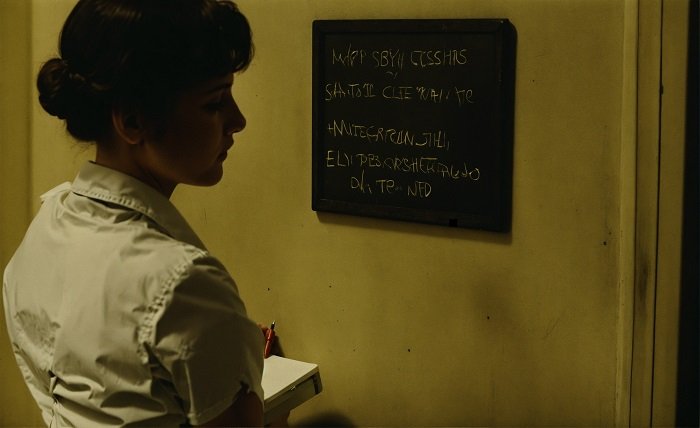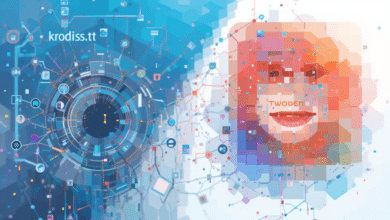The Unsent: Exploring the Depths of Hidden Messages and Unspoken Words

Introduction
The concept of the unsent has grown into a powerful idea in the modern digital world, symbolizing messages never delivered or words left unspoken. Whether it is an email saved in drafts, a text never sent, or an emotional confession kept hidden, the unsent resonates with anyone who has struggled with vulnerability. The phrase the unsent represents a mix of regret, relief, and reflection, making it a subject worth exploring in detail.
The Unsent as a Modern Digital Phenomenon
In today’s era of instant communication, the unsent holds a unique position as a reminder of human hesitation. Millions of people type out texts, social media posts, or heartfelt emails but choose not to send them. The power of the unsent lies in its emotional weight—it reflects moments of doubt, reconsideration, and self-protection. This phenomenon has become particularly relevant on platforms where drafts, deleted posts, and half-written comments remain unseen but impactful.
The Unsent and Emotional Expression
http://theunsentproject.usAt its core, the unsent captures emotions that cannot always be expressed openly. People often write long paragraphs of truth, apology, or love but never allow the recipient to read them. For some, the unsent acts as a therapeutic outlet—helping to process grief, anger, or affection without fear of judgment. The fact that the unsent remains private can make it even more powerful, since its meaning exists entirely within the writer’s world.
The Unsent in Relationships and Closure
When it comes to relationships, the unsent plays a critical role in how people cope with endings, misunderstandings, or confessions left unsaid. Writing but not sending a message allows individuals to acknowledge their feelings without risking rejection or reopening wounds. Many people find comfort in the unsent when they want to express love, closure, or apology but know the timing is wrong. Thus, the unsent becomes an intimate bridge between the heart and the mind.
The Unsent as an Artistic and Cultural Trend
Beyond personal use, the unsent has evolved into an artistic trend across literature, music, and online communities. Writers, poets, and creators often use the unsent to capture vulnerability and authenticity. Online platforms feature collections of the unsent messages, giving people a space to anonymously share what they could never say directly. The cultural rise of the unsent reflects a deep desire to connect and share emotions in ways that traditional communication does not allow.
The Psychological Impact of The Unsent
From a psychological perspective, the unsent represents both healing and unresolved tension. On one hand, writing the unsent can relieve emotional burdens by allowing thoughts to flow freely. On the other hand, leaving messages unsent may keep people stuck in cycles of “what ifs” and regrets. Mental health experts suggest that the unsent can be beneficial when treated as journaling, but harmful if it prevents individuals from seeking closure. Thus, the unsent reflects the delicate balance between self-expression and emotional stagnation.
The Unsent in the Age of Social Media
On platforms like Instagram, TikTok, and Twitter, the unsent has become a viral concept. Many users post screenshots of drafts or write captions under the hashtag #theunsent to share their unspoken feelings. This trend has made the unsent a symbol of collective vulnerability, where people realize they are not alone in keeping thoughts hidden. In the digital age, the unsent bridges private emotions and public connection, turning silent words into relatable expressions of humanity.
The Future of The Unsent in Communication
Looking ahead, the unsent will likely continue shaping how people handle emotions and digital interaction. As technology evolves, new platforms may even encourage the practice of writing the unsent messages as a form of therapy or creative expression. The enduring appeal of the unsent lies in its universality—everyone has something they wish they could say but don’t. By recognizing the importance of the unsent, society may learn to value both spoken and unspoken communication more deeply.
Conclusion
The journey through the unsent reveals the power of unspoken words and hidden emotions in shaping human experience. From personal closure to cultural movements, the unsent stands as a timeless reminder of the complexity of communication. Whether viewed as therapy, art, or hesitation, the unsent continues to touch countless lives by capturing what is too difficult to say.
FAQs
1. What does the unsent mean?
The unsent refers to messages, thoughts, or feelings that are written but never shared with the intended recipient.
2. Why do people keep the unsent messages?
People often keep the unsent because they fear rejection, want private reflection, or seek closure without confrontation.
3. Is writing the unsent messages healthy?
Yes, writing the unsent can be therapeutic, but relying on it too much may prevent actual communication or closure.
4. How is the unsent popular online?
On social media, the unsent is shared as a trend through posts, drafts, and anonymous confessions under hashtags.
5. Can the unsent be considered art?
Yes, many creators use the unsent in poetry, literature, and online collections as a raw form of emotional expression.






